Adjunctive Methylene Blue in Septic Shock?
RebelEM
MAY 29, 2023
Background: Sepsis can induce numerous physiologic derangements. septic shock). Judicious fluid resuscitation is indicated in patients with signs of hypo perfusion but is often inadequate necessitating the administration of vasoactive medications. Paper: Ibarra-Estrada, M et al. Crit Care 2023. 95% CI 15.4 95% CI 15.4





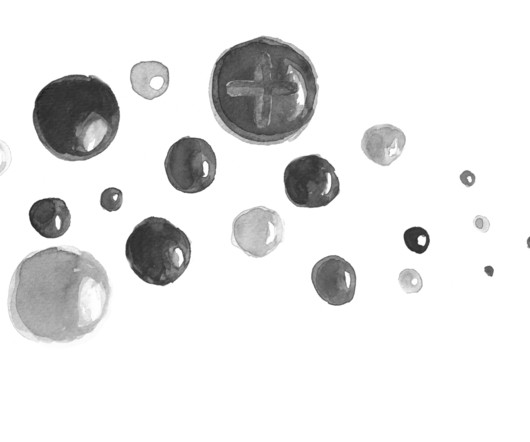
















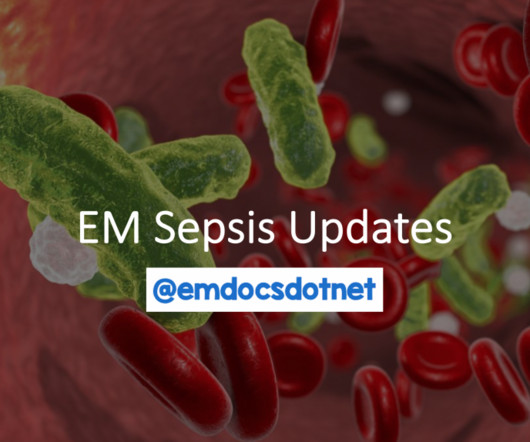
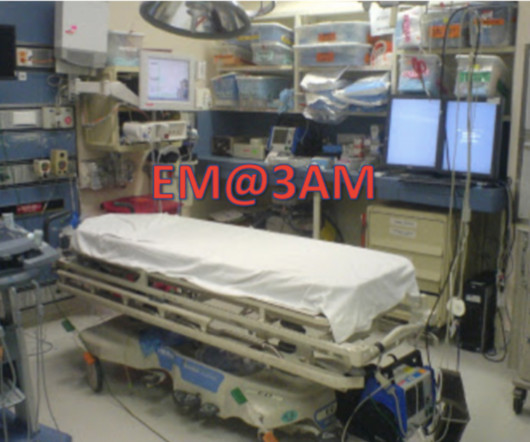



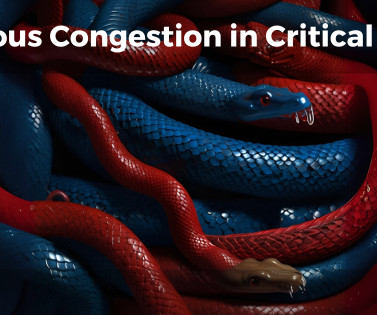

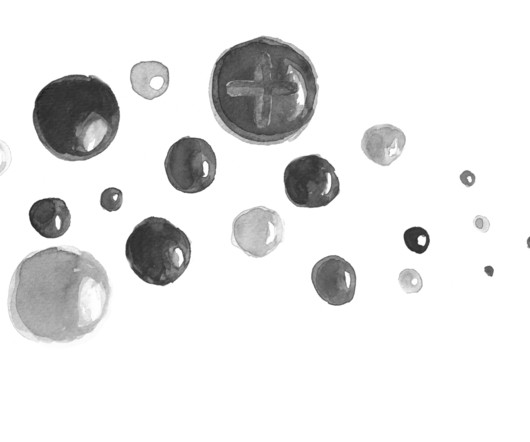






Let's personalize your content